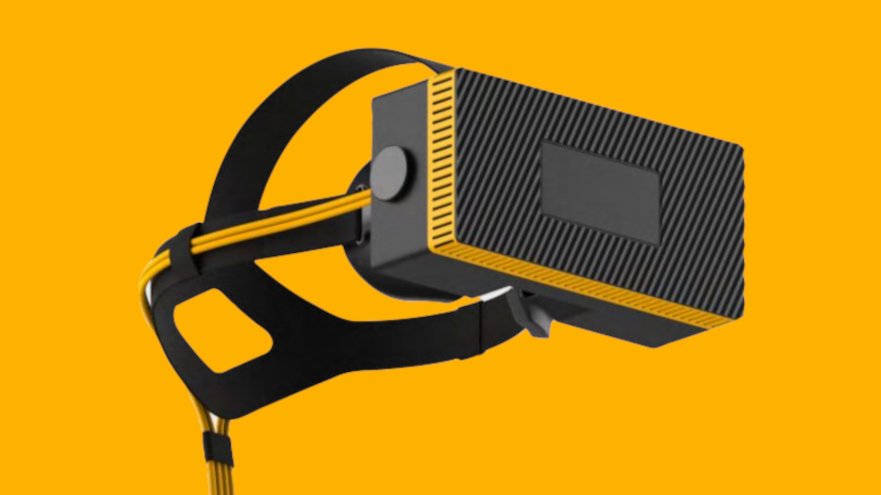
A company building light-field display technology for mixed reality headsets has teased the impressive performance of its latest prototype – and it could be a game-changer for VR.
In a new promotional video, Swiss manufacturer CREAL demonstrates a headset capable of focusing at long distances and rendering high resolution imagery up close, marking a leap forward for mixed reality technology which has been hampered by less-than-clear visual fidelity.
It’s worth noting that CREAL doesn’t produce its own standalone headsets, rather a specific type of light-field display that it hopes will be adopted by the likes of Oculus and Sony for its PSVR 2 headset. Given that this technology is capable of generating imagery that accurately represents how we see light from the real world, we don’t expect it’ll be long before we see it integrated into mass-market VR products.
- These are the best VR headsets in 2021
- Check out our review of the Oculus Quest 2
- Everything we know about the Oculus Quest 3
According to CREAL, light-field displays support both focus mechanisms of the human visual system – vergence (stereo overlap) and accommodation (individual eye focus). This might sound complex, but essentially means that its new technology can allow VR headsets to focus at any depth, while most on the market today can only operate at a fixed focal depth.
The above video demonstrates how CREAL’s light-field technology allows the headset to shift focus from one part of the scene to the other, much like the human eye. It also won’t rely on the eye-tracking technology of existing headsets to determine that focus, but will instead be capable of focusing at any depth, at any time – a sort of continuous camera running in the background.
As well as enabling dynamic focus, though, light-field technology also makes virtual imaging much sharper than has been previously possible. CREAL says its display runs at 240Hz and is “approaching retinal resolution” – which marks a dramatic improvement over even the best commercially-available headsets on the market right now, like the Oculus Quest 2.
Goodbye yellow brick load
As you can see from the company’s prototype design, the improved capabilities of light-field technology mean the headset itself appears far larger than existing models. It’s essentially a yellow-tinged brick for the face, at this point.
Get daily insight, inspiration and deals in your inbox
Sign up for breaking news, reviews, opinion, top tech deals, and more.
But CREAL says it’s confident of shrinking the technology to allow for a more reasonably-sized, consumer-focused headset – and it’s set a target of 2022 to do so. That could mean the next generation of VR headsets may benefit from these potentially groundbreaking light-field displays – though maybe not as soon as the Oculus Quest 3 releases.
What’s more, the company plans to adapt the technology to be implemented into smaller AR products, so the likes of the Apple Glasses may also become beneficiaries of CREAL’s breakthrough.
For once, then, the path is looking a little clearer for the future of mixed reality.
- Apple VR headset could turn your fingers into holographic controllers

Axel is TechRadar's UK-based Phones Editor, reporting on everything from the latest Apple developments to newest AI breakthroughs as part of the site's Mobile Computing vertical. Having previously written for publications including Esquire and FourFourTwo, Axel is well-versed in the applications of technology beyond the desktop, and his coverage extends from general reporting and analysis to in-depth interviews and opinion. Axel studied for a degree in English Literature at the University of Warwick before joining TechRadar in 2020, where he then earned an NCTJ qualification as part of the company’s inaugural digital training scheme.